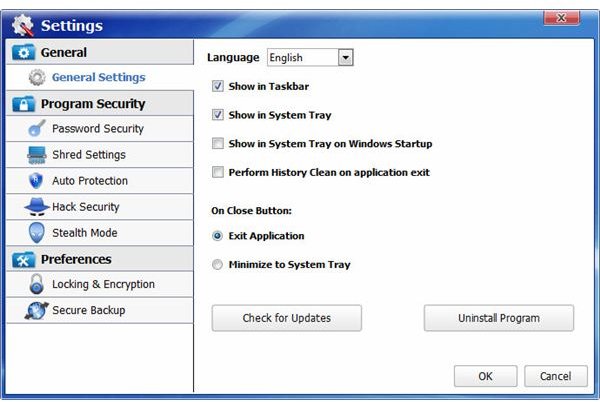

Restoring won’t affect your personal files in your %UserProfile% folder, but it will remove apps, drivers, and updates installed after the restore point was created. Restore points are automatically generated when you install a new app, driver, or Windows update, and generated when you create a restore point manually. System Restore enables users, in the event of a problem, to restore their computers to a previous state (restore point) without losing personal data files.Įach restore point contains the necessary information needed to restore the system to the chosen state. System protection is a feature that allows you to undo unwanted system changes by being able to do a System Restore. In the case you don't like the default anti-malware solution, here are a few alternatives that won't cost you a penny for basic protection.How to Turn On or Off System Protection for Drives in Windows 10 It's should also be noted that the shield icon will continue to appear in the notification area of the Taskbar because it's the Windows Defender Security Center icon, not merely dedicated to the antivirus. If you're trying to get rid of Windows Defender Antivirus because you prefer another security software, you should know that the built-in antivirus will disable itself automatically during the installation of third-party security software. While there could be scenarios where you may need to disable the antivirus, it's never recommended to have your device without malware protection. However, this is a temporary solution, eventually, the antivirus will re-activate automatically after you restart your device. Right-click on the Windows Defender (folder) key, select New, and click on DWORD (32-bit) Value.Īfter completing the steps, Windows Defender Antivirus will be disabled making it unable to monitor and stop malware from taking over your device.Browse the following path: HKEY_LOCAL_MACHINE\SOFTWARE\Policies\Microsoft\Windows Defender.

Type regedit, and click OK to open the Registry.Use the Windows key + R keyboard shortcut to open the Run command.It's recommended to make a full backup of your PC before proceeding. Warning: This is a friendly reminder that editing the registry is risky, and it can cause irreversible damage to your installation if you don't do it correctly. The Local Group Policy Editor is not available on Windows 10 Home, but you can still achieve the same results changing the Registry settings. How to disable Windows Defender Antivirus using Registry Then just restart your device to apply the changes. 5, 10, and 14, make sure to select the Not Configured option. Once you've completed the steps, Windows Defender Antivirus will no longer scan and detect malware on your device, even after restarting your computer.Īt any time, you can enable the Windows Defender Antivirus using the same steps, but on step No.


 0 kommentar(er)
0 kommentar(er)
